USS Jacob Jones DD-130 (2/2)
USS Jacob Jones - DD-130
CLASS - WICKES / TATTNALL ( as built )
Built to Bath plans by New York Shipbuilding
Displacement: 1,211 tons,
Dimensions: 314' 5" (oa) x 31' 8" x 9' 10" (Max)
Armament: 4 x 4"/50 guns, 2 x 3"/23AA guns, 12 x 21" torpedo tubes
Machinery: 24,900 SHP; direct drive turbines with geared cruising turbines, 2 screws
Speed: 35 Knots
Crew: 101
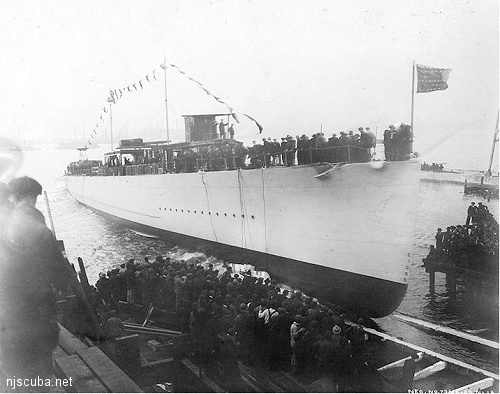
USS Jacob Jones, a 1211-ton Wickes class destroyer, was built Camden, New Jersey. After commissioning in October 1919 she operated briefly in the Atlantic, then transited the Panama Canal in January 1920 to join the Pacific Fleet. Except for a period in reserve between August 1920 and June 1921, the destroyer was active along the West Coast until she was decommissioned in June 1922.
During a general renewal of the Navy's destroyer force, Jacob Jones was recommissioned in May 1930. She served in the eastern Pacific until March 1931, when she went to the Caribbean for maneuvers. Jacob Jones was again in the Pacific from early 1932 into the spring of 1933 but was thereafter stationed in the Atlantic area, where she was involved in tactical exercises, training duties, and diplomatic missions. In October and November 1938 she crossed the Atlantic to operate in European waters and North African as part of Squadron 40-T. Jacob Jones returned to the United States in October 1939, shortly after the outbreak of the Second World War.
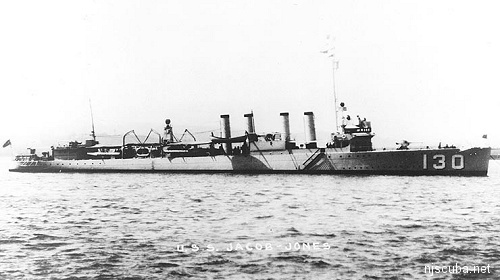
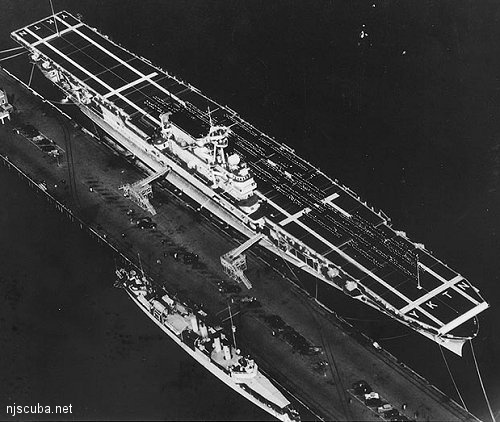
During the next two years, Jacob Jones took part in submarine support work, anti-submarine training, and Neutrality Patrols off the U.S. coast and in the Caribbean area. Upon the United States' entry into World War II in December 1941, she began convoy escort operations out of Argentina, Newfoundland. She was assigned to anti-submarine patrols off the East Coast in February 1942, making one intense but inconclusive attack on a suspected submarine on the 22nd.
On the morning of 27 February, Jacob Jones departed New York harbor and steamed southward along the New Jersey coast to patrol and search the area between Barnegat Light and Five Fathom Bank. Shortly after her departure, she received orders to concentrate her patrol activity in waters off Cape May and the Delaware Capes. At 1530 she spotted the burning wreckage of tanker R.P. Resor, torpedoed the previous day east of Barnegat Light; Jacob Jones circled the ship for 2 hours searching for survivors before resuming her southward course. Cruising at a steady 15 knots through calm seas, she last reported her position at 2000 and then commenced radio silence. A full moon lit the night sky and visibility was good; throughout the night the ship, completely darkened without running or navigation lights showing, kept her southward course.
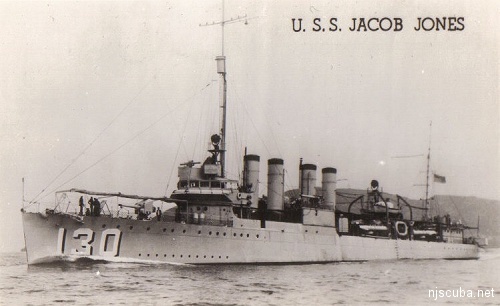
At the first light of dawn 28 February 1942, undetected German submarine U-578 fired a spread of torpedoes at the unsuspecting destroyer. The deadly "fish" sped unsighted and two "or possibly three" struck the destroyer's port side in rapid succession.
According to her survivors, the first torpedo struck just aft of the bridge and caused almost unbelievable damage. Apparently, it exploded the ship's magazine; the resulting blast sheered off everything forward of the point of impact, destroying completely the bridge, the chart room, and the officers' and petty officers' quarters. As she stopped dead in the water, unable to signal a distress message, a second torpedo struck about 40 feet forward of the fantail and carried away the after part of the ship above the keel plates and shafts and destroyed the after crew's quarters. Only the midships section was left intact.
All but 25 or 30 officers and men, including Lt. Comdr. Black, were killed by the explosions. The survivors, including a badly wounded, "practically incoherent" signal officer, went for the lifeboats. Oily decks, fouled lines and rigging, and the clutter of the ship's strewn twisted wreckage hampered their efforts to launch the boats. Jacob Jones remained afloat for about 45 minutes, allowing her survivors to clear the stricken ship in four or five rafts. Within an hour of the initial explosion, Jacob Jones plunged bow first into the cold Atlantic, as her shattered stern disappeared, her depth charges exploded, killing several survivors on a nearby raft.
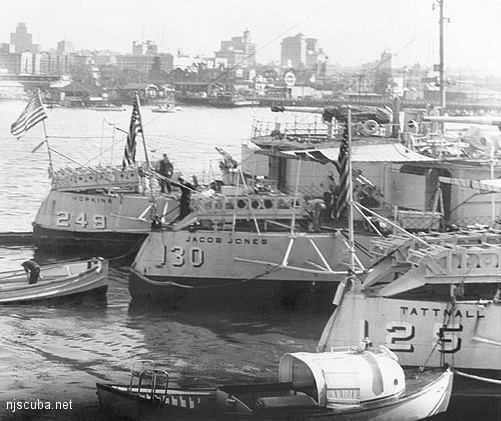
At 0810 an Army observation plane sighted the life rafts and reported their position to Eagle 56 of the Inshore Patrol. By 1100, when strong winds and rising seas forced her to abandon her search, she had rescued 12 survivors, one of whom died en route to Cape May. The search for the other survivors of Jacob Jones continued by plane and ship for the next 2 days; but none were ever found.
-- from Navy historical records
Eagle 56 was later sunk by U-853 off Portland Maine.
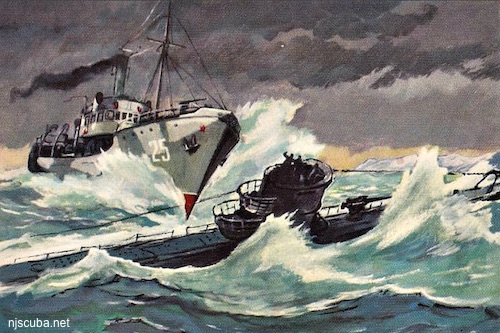

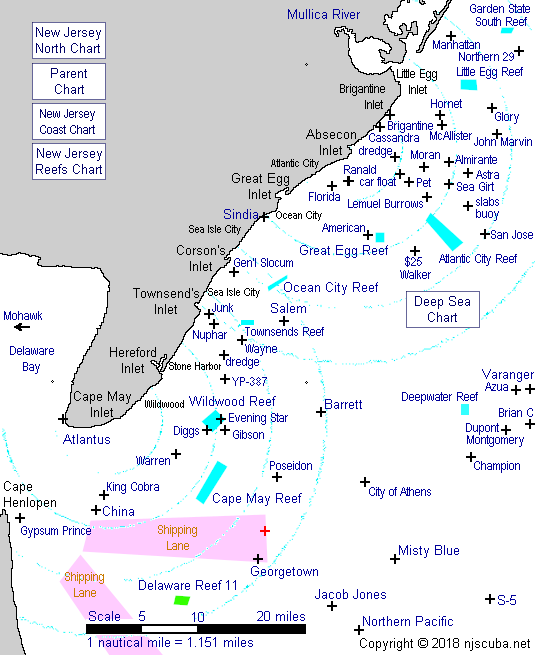
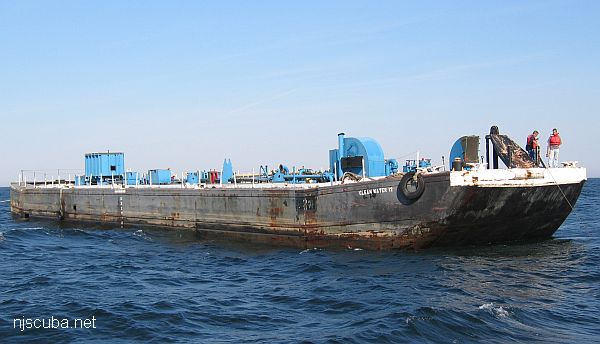
Questions or Inquiries?
Just want to say Hello? Sign the .